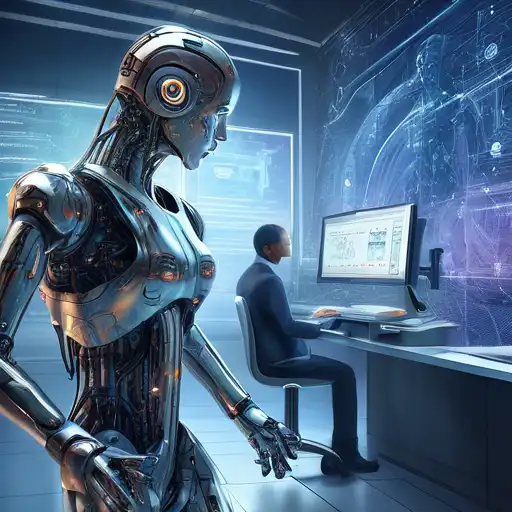Introduction to AI and Machine Learning
In the rapidly evolving world of technology, Artificial Intelligence (AI) and Machine Learning (ML) are two terms that often come up in discussions about the future of computing and automation. While they are closely related, they are not the same thing. This article aims to demystify these concepts and highlight the key differences between them.
What is Artificial Intelligence?
Artificial Intelligence is a broad field of computer science focused on creating systems capable of performing tasks that typically require human intelligence. These tasks include problem-solving, understanding natural language, recognizing patterns, and making decisions. AI can be rule-based, where it follows predefined rules, or it can learn from data, which is where Machine Learning comes into play.
What is Machine Learning?
Machine Learning is a subset of AI that involves the development of algorithms that allow computers to learn from and make predictions or decisions based on data. Unlike traditional programming, where a programmer writes explicit instructions, ML algorithms improve their performance as they are exposed to more data over time.
Key Differences Between AI and Machine Learning
Understanding the distinction between AI and ML is crucial for grasping how modern technologies work. Here are some of the key differences:
- Scope: AI encompasses a wider range of technologies and applications, while ML is specifically focused on algorithms that learn from data.
- Functionality: AI systems can perform tasks without being explicitly programmed for each one, whereas ML systems require training with data to perform specific tasks.
- Applications: AI is used in a variety of fields, from robotics to natural language processing, while ML is often used in data analysis, predictive modeling, and recommendation systems.
How AI and Machine Learning Work Together
Despite their differences, AI and ML often work hand in hand. ML algorithms are a key component of many AI systems, enabling them to learn from data and improve over time. For example, voice recognition systems like Siri or Alexa use ML to understand and respond to user queries more accurately.
Future Trends in AI and Machine Learning
The fields of AI and ML are constantly advancing, with new technologies and applications emerging regularly. Some of the most exciting trends include the development of more sophisticated neural networks, the increasing use of AI in healthcare, and the growth of autonomous vehicles. As these technologies continue to evolve, the line between AI and ML may become even more blurred.
For those interested in diving deeper into these topics, exploring data science and tech trends can provide additional insights into how AI and ML are shaping the future.
Conclusion
While AI and Machine Learning are often used interchangeably, they represent distinct concepts within the field of computer science. AI is the broader concept of machines being able to carry out tasks in a way that we would consider "smart," while ML is a current application of AI based around the idea that we should be able to give machines access to data and let them learn for themselves. Understanding these differences is key to navigating the future of technology.
